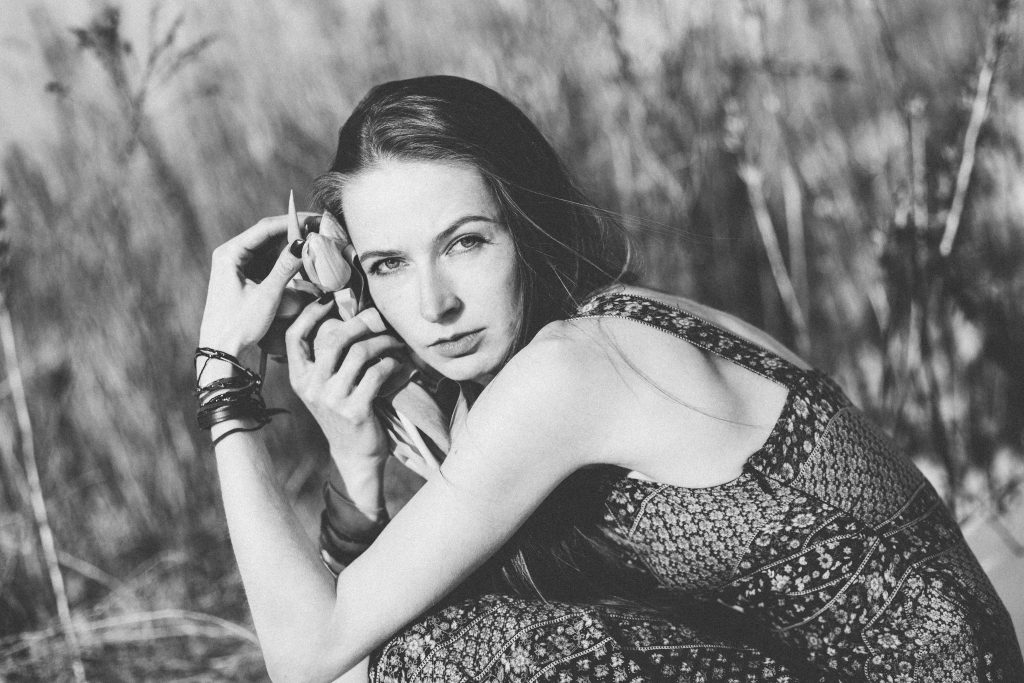
If you are in the Broken Pigeon or Deer Pose, lower your upper body over your right knee, moving and resting your chest on your right thigh, blanket or bolster. On an inhale, draw your body forward towards your hands, as you shift your hips and lift your right knee, moving your right knee forward towards your head. If it begins open up toward the ceiling, draw your right foot back in toward your body. It’s a posture that works to open the hips and increase the femur bone rotation at the socket of the hip. The Sleeping Swan Pose, like the Pigeon Pose requires the external rotation of your forward leg to open the hip joint. This may be a bit uncomfortable at first, but you will gradually feel your hip joint open up and relax within a few minutes. Gravity. When the pelvis is off the ground or even barely grazing the ground in Pigeon, the weight of the torso amplifies the asymmetrical force on the SI joint. Dragonfly or Flying Pigeon, and I want to see how everyone’s knees feel in this position. You may try to stay in the upright position for a while to see if your lower back releases as you breath energy into it.
When you are done, you may find yourself enjoying the benefits of such a great stretch through your hips. However, there are some limitations with this threading version because it forces the top knee to be pressed more out to the side (external rotation of the hip-discussed more below), and for some of us, our arm length to hip mobility ratio may restrict our ability to comfortably reach the leg. This may also have to do with the idea that the hips store lots of emotions. How do we store old emotions in the hips you ask? So yoga instructors will refer to these emotions as being “stuck” or “trapped” in the body. This can mean that you are reaching forward with you body leaning forward with arms outstretched and palms on the floor. Tightness or limited flexibility in the hips in particular can make it challenging to bring the front shin parallel to the front edge of the mat or to fold forward comfortably, Blackwood says. To exit the pose, place your hands on the mat in front of you, tuck your left toes and step your right foot back.
Lift your feet off the ground, balancing on your hands. 7. The hips should be straight, parallel to the ground, and pointing forward. 10. The eyes should be forward and chin parallel to the ground. Finally place your right leg diagonally on the mat and your hip socket on the ground. Make sure your left hip is always pointing down toward the mat. Start in a Downward-Facing Dog Pose on a yoga mat. Our favorite is to start from a plank position, with hands under shoulders and outer hips aligned with shoulders. Walk your hands forward and spread your fingers wide and sink into the yoga pose. I’ve always enjoyed Kapotasana (Pigeon Pose), or at least the hip-opening variation that’s a preparation for Eka Pada Rajakapotasana (One-Legged King Pigeon). I’ve stopped teaching it. All of these great teaching words apply to change in general. I am always thinking “as soon as I get through this, everything will be better,” and then oh wait, another change comes up, just like the other leg in Pigeon pose comes. Get comfortable in this position (perhaps using a blanket or a block to prop up the front hip).
For Eka Pada Rajakapotasana IV, the hands and the rear foot are as for Rajakapotasana I, but the front foot is stretched straight forwards along the ground. 5. If this is too challenging, you can use a strap over the left foot and hold it with both hands for support. This pose can be difficult for a beginner or anyone who struggles with flexibility. How to ease into Pigeon Pose as a beginner? Having looser, more mobile hips can promote ease of movement in hip-focused activities such as walking, running and squatting. The pigeon pose can over-stretch your ligaments in an unhealthy way and therefore destabilize your hips. This way you really give the hips some time to open up. Take slow, deep breaths, releasing any tension in your hips with each exhale. Hold it high for a few breaths, to feel the yang nature of the traditional Pigeon Pose using your musculature. When you hold yourself well you feel good. Accept the situation for what it is, the good and bad, the discomfort it causes – and embrace the change, and most importantly… And for good reason. You can either hold onto the back of the thigh or over top of the knee depending on your flexibility and preference.
When you loved this informative article in addition to you want to get details about Yoga Pigeon Pose kindly go to our own website.